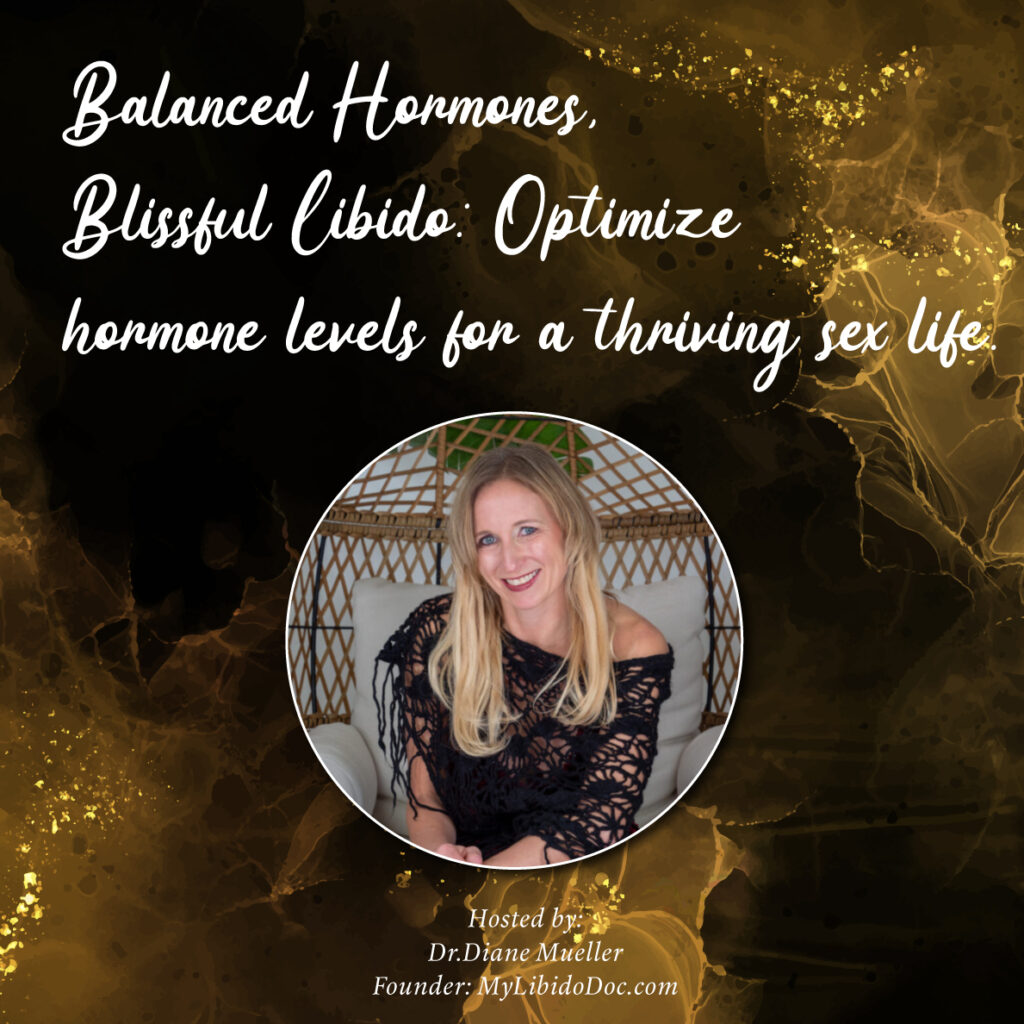Table of Contents
What is a Female Orgasm?
There is much talk about male orgasms in public eye and in medical literature. As the experience of pleasure is becoming an increasingly safe and interesting topic in female sexuality, it begs the question: “What is a female orgasm?”
Let’s talk a little about the difference between what medical school taught about male versus female orgasms.
In medical school, we learned about what it takes for a man to climax: proper blood flow, correct neurological system function and psychological focus.
We learned about what things can impede blood flow; what sort of things could lead to premature ejaculation as well as other sorts of erectile dysfunction.
Do you know what we learned about the female orgasm?
Absolutely nothing.
We learned about PMS, menopause, and pain with sex. But when it came to female pleasure, not a single thing.
Learn More About Orgasms On Our Blog: How to Have an Orgasm

The lack of teaching about female pleasure goes hand and hand with the mystery of the female genitalia.
A paper published in 2011, references that the G spot is a hypothesis.
That the g spot was invented by Freud without any clinical or scientific evidence.
This same paper goes on to say that the g spot is not an extension of the clitoris (like many sources say). According to the theory that the paper draws, vaginal orgasm may be achieved due to the stretching of the two vaginal ligaments that occurs with penile thrusting.
The g spot may not be able to be seen from an exam, but there is no doubt it exists.
Too many women experience heightened pleasure and sensation when this “zone” is stimulated for there not to be something extra special about the Grafenberg, “g spot”.
All of this goes to show why there is so much confusion around female orgasms, female anatomy and what these various parts do. It is no wonder why the orgasm of vagina owners is such a confusing topic.
So… What is a female orgasm?
Orgasm can be defined as a release of sexual tension. Most commonly, there is an increase of sexual excitement. There can be peaks and valleys in the excitement and orgasm is a release that can occur with it.
Most commonly orgasms have some combination of the following:
- Pelvic floor muscle contractions
- Prolactin is released into the bloodstream
- Oxytoxin is released
- Increased heart rate (known as tachycardia)
- Elevated blood pressure
- Sweating
- Muscle tension
- Extension of muscle groups such as legs/feet
- Happiness
- Release of tension
- Altered consciousness
Is there something wrong if you cannot orgasm? NO!
It is good to understand that not all orgasms are the same and not all female’s have certain components described. For example, some females will not have pelvic floor contractions. Remember, do not compare your orgasm to other females’. Find what feels good, communicate with your partner on this and can move into more and more orgasmic bliss.
Commonly talked about Orgasm Types:
The G spot and Vaginal Orgasms:
Like described above, the g spot is not an area that really has been specifically identified in female anatomy. Discovered in 1980 by Dr. Whipple (and known as the Grafenberg spot), this spot is thought to be located on the anterior wall of the vagina and can be found using the “come here” motion with the finger.
But the inability to locate it from a scientific perspective and the confusion in medicine around if this spot really exists, leads to complexity in sexuality and achieving orgasm.
Those that believe the g spot exists believe it to be an extension of the clitoris and therefore connected to the large bundle of nerves.
Certainly, we know that the clitoris is a much larger piece of erectile tissue than what is seen to the visible eye.
For more on this, read our blog called How to Have an Orgasm.
All of this brings us back to one of our main points when it comes to female orgasm, which is, find what feels great pleasure to the uniqueness of you and keep on doing it.
All things clitoris
The clitoris is a huge source of erectile tissue for the female. It sits right in the area where the labia minora (little lips) meet. The part of the clitoris that is visible is the glans and makes up only about one fifth of the clitoris. The rest is located internally.
The internal components of the clitoris almost make a fork like shape.
When sexual arousal starts, the nerves and arteries to the erectile tissue increase in sensation and blood flow.
Many women find it easier to have orgasms when the clitoris is stimulated in combination with other erogenous zones.
Cervical Orgasms
Many people describe cervical orgasms as the “holy grail” of orgasms. This is a very confusing topic in science as there really is not proper research or data on it. Conventional medicine will say that it is largely impossible to have a cervical orgasm due to the fact that there are very few nerve endings on the exterior part of the cervix.
The inside of the cervix (endocervix) has extensive nerve endings.
Therefore, medicine largely says stimulate the nerves of the cervix, one would potentially need to have an penis, finger or other object make its way into inner part of the cervical opening.
This does tend to be difficult do to as the body mainly only does this with childbirth or with the help of an instrument such as to insert an IUD.
Now, while some in the medical community may question if the cervical orgasm exists due to what we know about female anatomy, those that work in the sex and libido arena almost always disagree.
There is a “type of orgasm” that is typically defined as a cervical orgasm that many describe quite differently than vaginal or g spot orgasms.
For yours truly, Dr. Diane, cervical orgasms put me in a space beyond space and time. Where there is this deep feeling of being connected to everything around me. The physical sensations are so intense and the love that I feel is so profound that they can leave me unable to talk for 15-20 minutes afterwards.
I am a doctor, a scientist, and a researcher.
And from a true medical science standpoint, I cannot find any literature that really confirms (nor denies) the existence of this type of orgasm, other than research that reports case studies of women explaining their orgasms. Yet at the same time, when I experience penetration so deep that I can feel my cervix being touched, it can lead to this expansive type of orgasm that is almost beyond the ability to explain.
Therefore, while my scientific mind cannot make sense of it with the current information, my physical body tells me there is something to this sort of experience. Women that I work with that have achieved cervical orgasms feel similar.
Deeper Understanding Into What is a Female Orgasm:
Timing.
Some women can maintain a continuous orgasm lasting in feeling for almost up to a minute.
Some women have been reported to have 50-100 orgasms in an hour. Status orgasmus is a state where an orgasm can last anywhere between 1 to 15 minutes (or more). It is often a combination of vaginal and clitoral orgasms triggered at the same time.
Typically, it begins as a series of small orgasms back to back that lengthen in time until one giant seemingly never ending orgasm is reached.
There are many different types of female orgasms and orgasms can be dramatically different from one experience to the next.
This can lead women to be confused about whether or not they experienced climax, which brings us back to our definition of orgasm: as a release of tension. There are other types of orgasms as well that you can find on some of our other blogs!
To continue the understanding of this and more on female orgasms, please tune into our post called: What does an orgasm feel like.
References:
Puppo V. Anatomy of the Clitoris: Revision and
Clarifications about the Anatomical Terms for the Clitoris Proposed (without Scientific Bases) by Helen O’Connell, Emmanuele Jannini, and Odile Buisson.
ISRN Obstet Gynecol. 2011;2011:261464. doi: 10.5402/2011/261464. Epub 2011 Sep PMID: 21941661; PMCID: PMC3175415.
https://www.sciencedirect.com/science/article/pii/S2050116122000095
https://www.ncbi.nlm.nih.gov/books/NBK568392/
Sayin, Umit. (2019). Annals of Clinical Case Studies– Five Cases with Expanded Sexual Response (ESR) Case Report. 100





